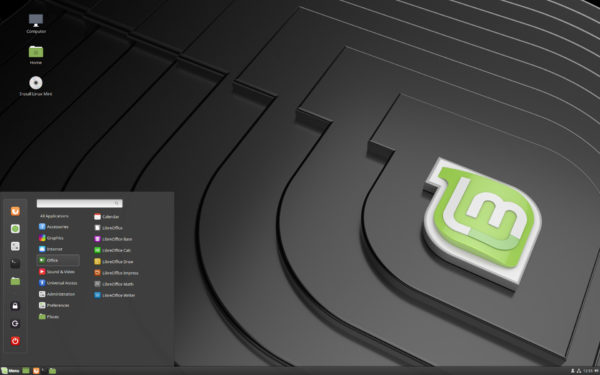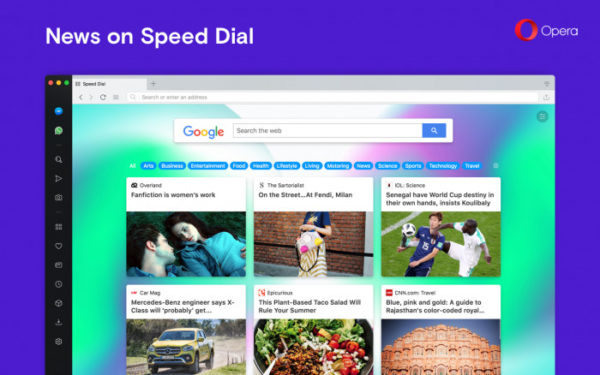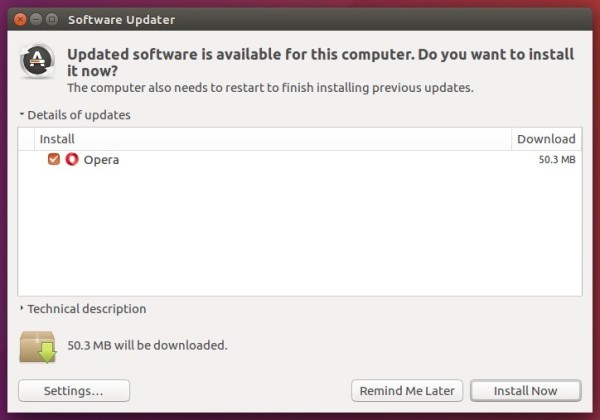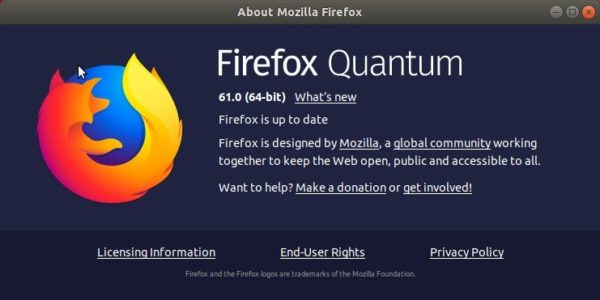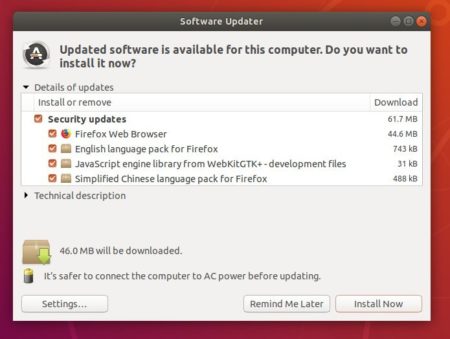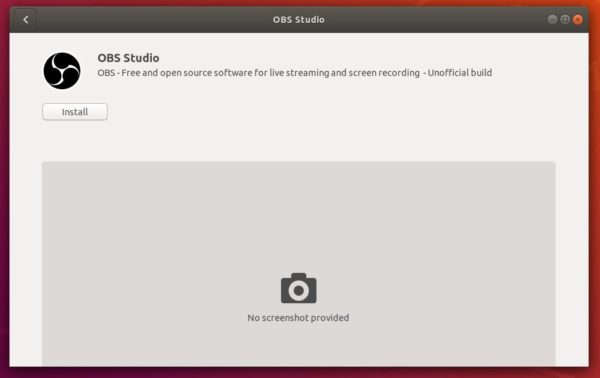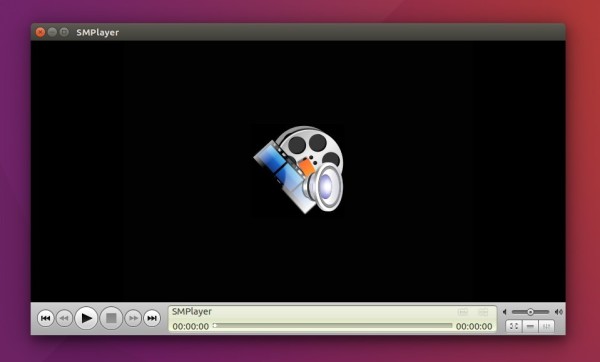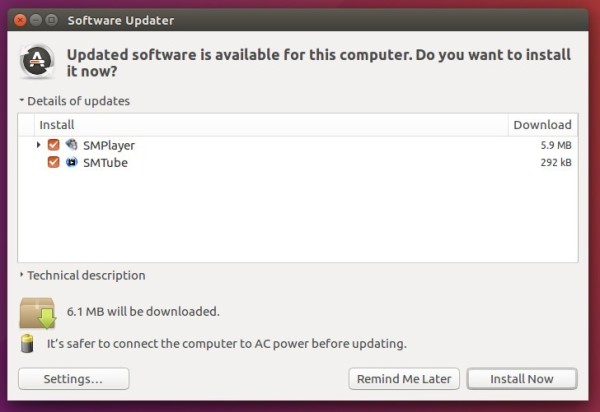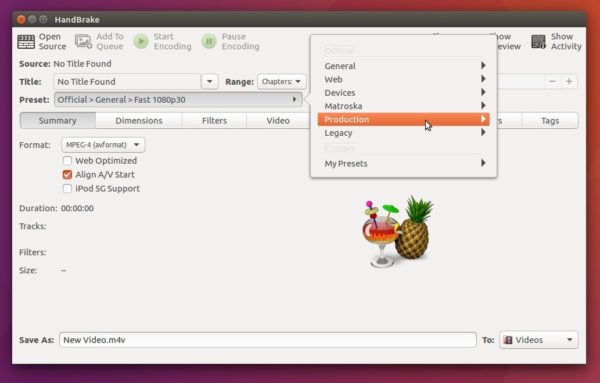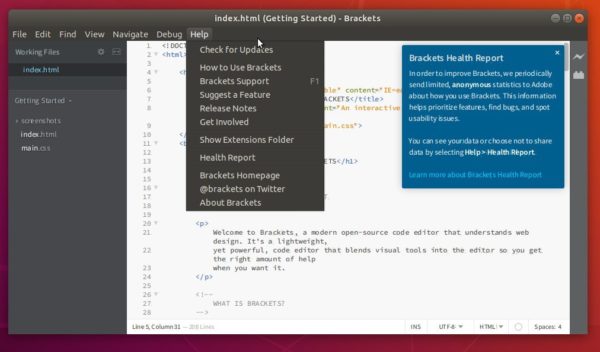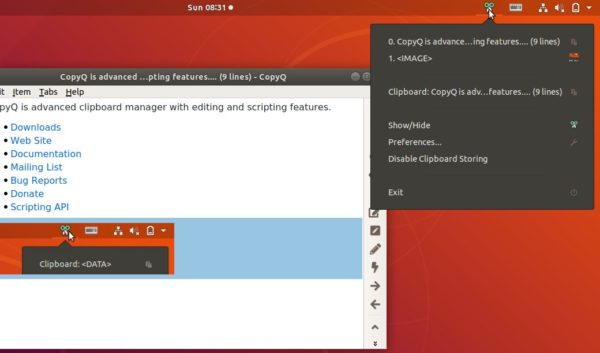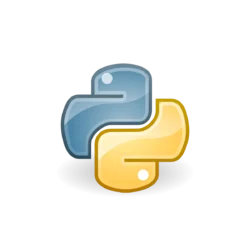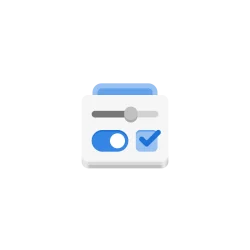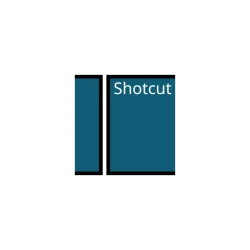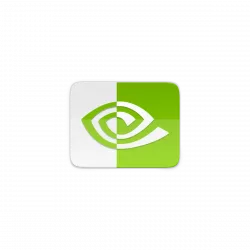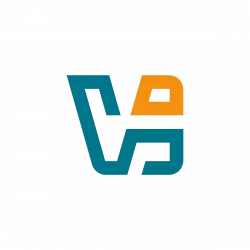
Looking to control music from your Sonos devices in Ubuntu? Noson is a fast and smart controller for your SONOS devices that is written with QML/C++.
With Noson app, you can browse your music library and play track or radio on any zones. You can manage grouping zones, queue, and playlists, and fully control the playback.
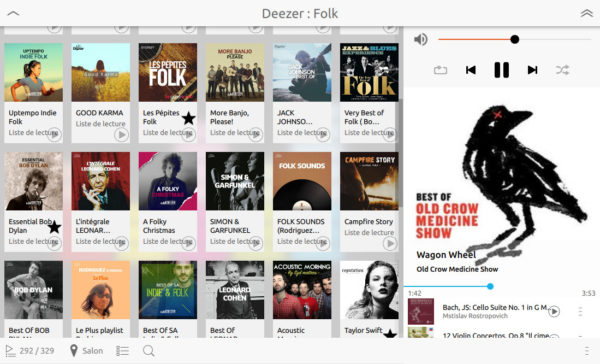
Install Noson from Ubuntu Software or App Center:
The snap package of Noson, universal Linux package format runs in sandbox, is available in Ubuntu Software:
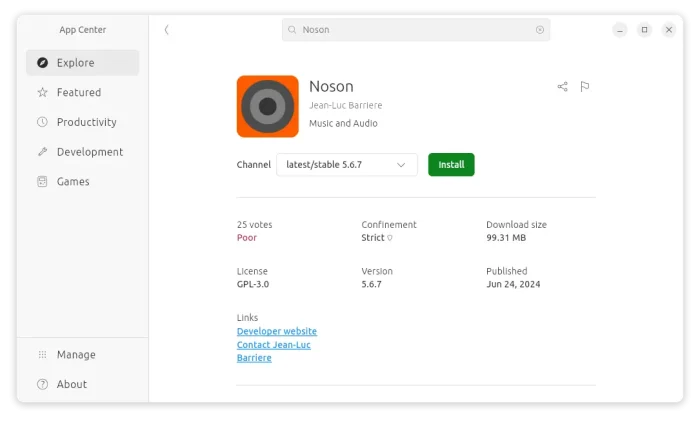
For those who hate Ubuntu Software, run command in terminal (Ctrl+Alt+T) to install Noson snap:
snap install noson

Install Noson in Ubuntu via PPA:
For those who prefer traditional .deb package, Noson is also available to install via in the PPA repository for Ubuntu 18.04, Ubuntu 20.04, Ubuntu 22.04, Ubuntu 24.04, and Ubuntu 24.10 on Intel/AMD CPU platform.
1. Open terminal either via Ctrl+Alt+T or by searching for ‘terminal’ from app launcher. When it opens, run command to add the PPA:
sudo add-apt-repository ppa:jlbarriere68/noson-app
type your password (no asterisk feedback while typing) when it prompts and hit Enter to continue.
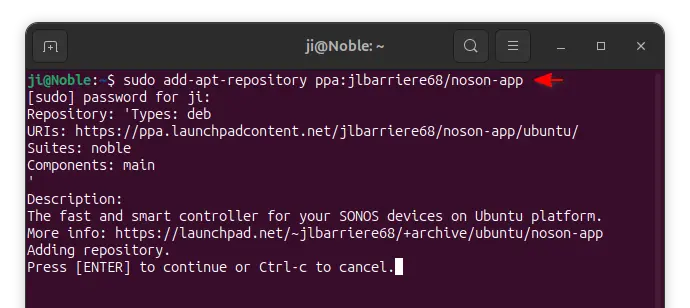
2. Then check updates and install the software either via Synaptic package manager or by running commands in terminal:
sudo apt-get update
sudo apt-get install noson-app
Once installed, launch the software and it automatically searches for your Sonos devices.
Uninstall:
To remove Noson Sonos controller, run command in terminal:
sudo apt-get remove --autoremove noson-app
To remove the PPA, launch Software & Updates and navigate to Other Software tab, then remove the source line and reload.




